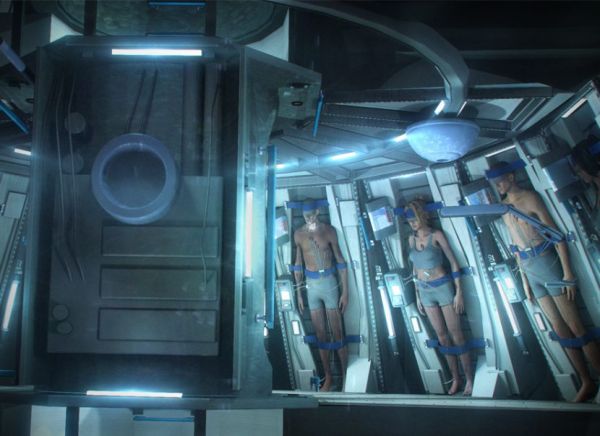Now I’d say it’s too conservative. AI Day could be here far sooner. Happy AI Day! http://www.huffingtonpost.com/zoltan-istvan/ai-day-will-repl…96550.html #transhumanism #AI


Now I’d say it’s too conservative. AI Day could be here far sooner. Happy AI Day! http://www.huffingtonpost.com/zoltan-istvan/ai-day-will-repl…96550.html #transhumanism #AI
We should not let concerns about overpopulation hold us back from developing biotechnology to treat age-related diseases. Compassion is the reason that trumps any other argument against developing this technology.
Is it safe to remove senescent cells? This is a common question we hear when talking about senolytic therapies designed to remove these problem cells that accumulate with age and play havoc with the body and its ability to repair.
Mantas from CellAge answers a question from one of our readers about senescent cell removal therapy. The removal of senescent cells has become a very hot topic this year with numerous experiments showing positive results for health and disease mitigation.
Check out the campaign at Lifespan.io and donate to a better healthier future:
https://www.lifespan.io/campaigns/cellage-targeting-senescen…c-biology/

In “Passengers,” a 2016 science-fiction thriller film two space travelers wake up 90 years too soon from an induced hibernation on board a spaceship bound for a new planet. From “Aliens” to “Interstellar,” Hollywood has long used suspended animation to overcome the difficulties of deep space travel, but the once-fanciful sci-fi staple is becoming scientific fact. The theory is that a hibernating crew could stay alive over vast cosmic distances, requiring little food, hydration or living space, potentially slashing the costs of interstellar missions and eradicating the boredom of space travel.
I believe nanodevices will operate as drug delivery systems, cancer treatment tools or tiny surgeons. Let me introduce you nanotechnology in healthcare.
Dark matter is a mysterious substance composing most of the material universe, now widely thought to be some form of massive exotic particle. An intriguing alternative view is that dark matter is made of black holes formed during the first second of our universe’s existence, known as primordial black holes.
Is our technology bringing us closer to the “Star Trek” vision of a world that isn’t driven by wealth?

Demo of lifelike interactive digital artist performance. This demo showcases one of the immediate possible applications for Mixed Reality.
We have brought to life a highly realistic, detailed character who performs for and interacts with users, while being rendered purely in real time on untethered mobile devices.
LIFELIKE DIGITAL CHARACTERS
What humans will look like in 100 years: Expert reveals the genetically modified bodies we’ll need to survive
Could a nano array that can identify the chemical signatures of diseases bring us closer to the day when doctors might be able to use a medical tricorder a la Star Trek to instantly diagnose a patient’s conditions?